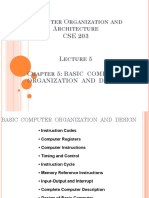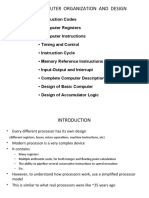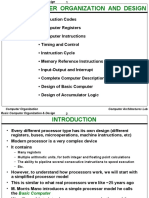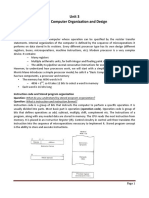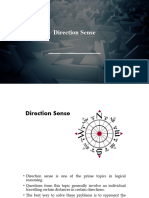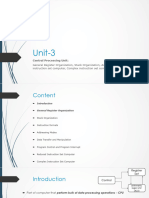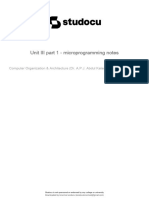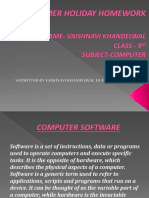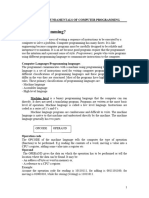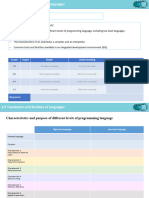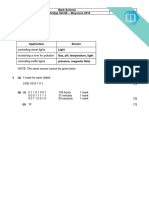0% found this document useful (0 votes)
43 views37 pagesUnit 2 JSPSingh Part 1
Uploaded by
Aryan RathoreCopyright
© © All Rights Reserved
We take content rights seriously. If you suspect this is your content, claim it here.
Available Formats
Download as PPTX, PDF, TXT or read online on Scribd
0% found this document useful (0 votes)
43 views37 pagesUnit 2 JSPSingh Part 1
Uploaded by
Aryan RathoreCopyright
© © All Rights Reserved
We take content rights seriously. If you suspect this is your content, claim it here.
Available Formats
Download as PPTX, PDF, TXT or read online on Scribd
/ 37




